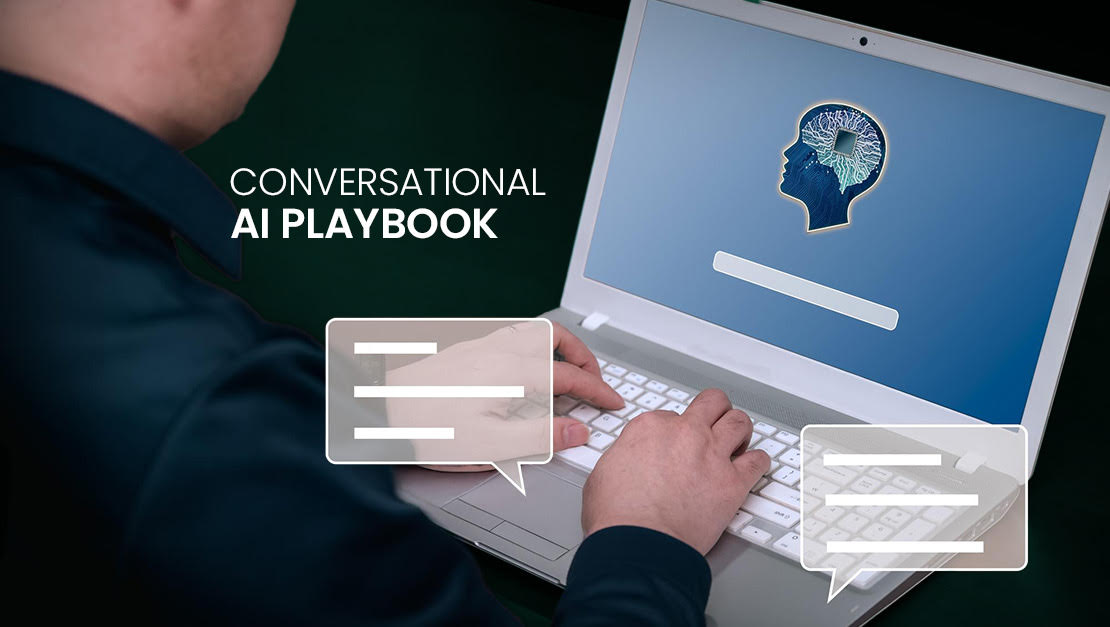AI is getting better at talking. But is it getting better at helping? That’s the question businesses have to ask as conversational AI shows up in everything from call centers and aviation logs to customer service and frontline ops.
Because in this space—where people interact with AI in real time—a single wrong response can shatter trust. At aiOla, we believe trust isn’t a bonus feature in conversational AI. It’s the baseline. Without it, even the smartest system becomes a liability.
Let’s explore why trust in conversational AI is paramount and how guardrails in place can enable this trust.
What Is Conversational AI?
Conversational AI refers to the technology that allows machines to communicate with people using natural language—through voice or text. Think virtual assistants, customer service bots, smart speakers, or voice-based reporting tools like aiOla.
Unlike traditional software that follows fixed rules, conversational AI adapts on the fly. It understands context, responds to nuance, and even handles follow-up questions. That’s what makes it so powerful…and so risky.
In the real world, conversational AI must be:
- Accurate – Misunderstandings aren’t just annoying—they can be dangerous.
- Aligned – It needs to reflect your company’s values, tone, and compliance standards.
- Secure – Sensitive data can come up naturally in conversation. The system has to protect it.
And that’s where trust comes in.
Why Is Trust in Conversational AI So Critical?
We’ve all seen the headlines—chatbots hallucinating legal citations, giving medical advice, making up policy details, and even leading to tragedy. In voice-driven systems, the consequences can be even more immediate.
Let’s break down why trust matters more than ever:
1. Conversations Happen in Real Time
There’s no buffer. No pause button. Once the AI responds, it’s out there guiding decisions, actions, and emotions in real time. If the answer is wrong, misleading, or unsafe, the impact is immediate. In time-sensitive situations like logging a maintenance issue or responding to a safety concern, even a moment of confusion can lead to delay, error, or harm.
2. People Trust Voice More Than Text
Studies show that humans instinctively trust spoken information more than written content. Voice feels more personal, more confident, more real. But that trust can backfire. If a voice assistant confidently delivers false or misleading information, the user is more likely to act on it without questioning it. And when AI “sounds” human, it carries even more weight.
3. One Mistake Can Undo Everything
Conversational AI builds trust over time, but it only takes one off-key answer, hallucinated fact, or inappropriate tone to erode it completely. That’s especially true in high-stakes fields like aviation, healthcare, or law, where accuracy isn’t optional.
One wrong statement could lead to a missed maintenance step, a noncompliant action, or even legal liability. Just look at the airline sued after its chatbot gave out the wrong bereavement policy—the cost wasn’t just financial, it was reputational.
4. Conversations Can Be Complex and Sensitive
Users bring complex emotions, urgent needs, and sensitive questions to conversational AI. Whether it’s a mechanic reporting a safety issue or a passenger asking about a medical emergency, AI has to be able to handle nuance. That includes knowing when to answer, when to escalate, and when to defer to a human.
5. Expectations Are Rising
Users now expect AI to be fast, accurate, and helpful—but also respectful, secure, and transparent. That’s a tall order. But it’s the new normal. The more people rely on conversational AI, the higher the expectations and the higher the stakes when things go wrong.
What Are AI Guardrails—And Why Do They Matter in Conversation?
Guardrails are the invisible systems that keep conversational AI on track. Think of them as a mix of safety nets, content filters, ethics rules, and live feedback loops.
They work across multiple layers:
Input Guardrails
Before a prompt even reaches the model, guardrails check for:
- Safety and intent
- Access permissions
- Use-case alignment
If something’s off—like a medical question in a non-medical tool—the prompt gets blocked or redirected.
Output Guardrails
Once the AI replies, guardrails:
- Remove toxic language
- Detect bias or misinformation
- Rewrite or suppress unsafe replies
- Ground answers in fact
Behavioral Guardrails
These govern how the AI interacts over time:
- Limit memory to prevent manipulation
- Avoid prompt injection attacks
- Escalate or defer when necessary
In conversational AI, these aren’t just helpful, they’re essential. Conversations are unpredictable. Your guardrails have to be smarter than the curveballs users throw.
How aiOla Builds Trust into Every Voice Interaction
At aiOla, we design conversational AI with real-world environments in mind—noisy hangars, fast-paced fieldwork, complex compliance demands. Trust is built into every layer of our tech.
Here’s how:
Jargonic: Language Made for Work
Our ASR engine isn’t generic—it’s tuned for industry-specific terms. That means your team can speak naturally, and aiOla still understands, transcribes, and logs with accuracy.
Real-Time, Voice-First Reporting
Typing isn’t always practical. With aiOla, users just talk. The system listens, processes, and generates structured, compliance-ready data on the spot.
Enterprise-Grade Security
From encrypted data streams to role-based access, we protect every piece of voice data—because trust also means protecting privacy.
Live Moderation & Escalation
If something crosses a line—intentionally or not—conversational AI systems know when to step back and hand off to a human.
Inclusive Speech Recognition
Accents. Dialects. Multilingual teams. aiOla is built to understand everyone, not just the default voice model.
Why Are Guardrails a Team Effort?
Building safe conversational AI isn’t just about clever engineering or fancy algorithms—it’s about creating a culture of responsibility that spans your entire organization. Guardrails aren’t a feature you bolt on at the end. They’re something you bake in from day one, and that requires everyone at the table.
Here’s how different roles contribute to making AI safe, trustworthy, and human-aligned:
- Product teams define the boundaries. They’re the ones who decide what the AI should and shouldn’t do. They outline acceptable use cases, map out edge scenarios, and make the tough calls about what “safe” actually means in the context of your users and goals.
- Designers shape the user experience. They guide how the AI sets expectations, how it recovers from mistakes, and how it signals when it’s time to involve a human. A well-designed fallback isn’t just a nice touch—it’s a critical safety feature.
- Engineers make it all work under the hood. They embed moderation tools, implement filters, create escalation paths, and ensure the system can adapt and respond safely in unpredictable situations. They’re the ones ensuring the logic supports the intent.
- Legal and compliance teams translate policy into protection. They ensure your AI respects privacy laws, industry regulations, and ethical standards. From data handling to response protocols, they help turn abstract rules into real safeguards.
- Support and operations teams act as the final layer of defense. They monitor performance, step in when something goes off-script, and ensure users always have a way to reach a human when it matters most. Their insights often fuel improvements in the system itself.
- Leadership and management are essential too. They set the tone from the top—prioritizing safety over speed, transparency over convenience. They’re the ones who make sure responsible development isn’t an afterthought, but part of the roadmap.
At aiOla, we don’t wait for mistakes to start thinking about trust. We build it from the ground up, together.
How Do You Know the Guardrails Are Working?
If trust is your goal, you have to measure it. That means going beyond system uptime or response time.
Here’s what we track:
- Safety precision – Are unsafe replies blocked reliably?
- User sentiment – Do users feel safe, understood, and respected?
- Intervention rates – How often do humans need to step in?
- Recovery performance – How well does the system apologize or redirect?
- Adaptability – Is the system learning from real-world usage?
Guardrails are never “done.” They need constant tuning because users evolve, risks evolve, and the AI itself keeps learning.
Final Thoughts: In Conversational AI, Trust Is the Product
If you’re building or using conversational AI, the tech alone isn’t enough. Users aren’t just listening to what the AI says, they’re asking, Can I trust this? At aiOla, our answer is yes because every voice interaction is built on a foundation of accuracy, clarity, security, and trust. That’s what makes our AI not just smart, but safe.
You can also check our thoughts on Building Trust in AI at unite.ai.
Ready to bring trustworthy AI to your frontline teams? Book a demo with aiOla today.








